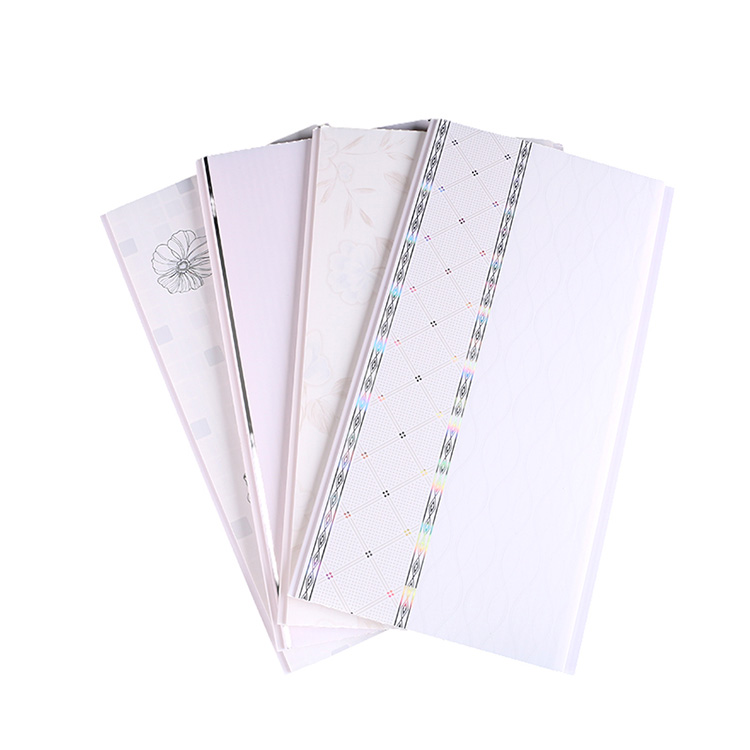PVC Ceilings: Understanding their Characteristics
2024-06-20
PVC (Polyvinyl Chloride) ceilings are a popular choice in modern construction and interior design due to their unique characteristics and advantages. Here's an overview to help understand their properties, benefits, and considerations:
Characteristics of PVC Ceilings
1. Material Composition:
- Made from a plastic polymer called polyvinyl chloride.
- Often reinforced with other materials for additional strength.
2. Appearance:
- Available in a variety of colors, finishes, and patterns.
- Can mimic wood, metal, and other traditional materials.
3. Durability:
- Highly resistant to moisture and humidity, making them ideal for bathrooms, kitchens, and other wet areas.
- Resistant to mold, mildew, and termites.
- Can withstand wear and tear, though they may be less durable than some metal or wood options.
4. Maintenance:
- Easy to clean with just soap and water.
- Does not require painting, sealing, or other treatments.
5. Installation:
- Lightweight and easy to handle.
- Can be installed directly onto an existing ceiling framework.
- Installation can be done by professionals or as a DIY project with proper guidance.
6. Thermal and Acoustic Insulation:
- Provides some degree of thermal insulation.
- Can reduce noise transmission, though additional insulation may be required for significant soundproofing.

Benefits of PVC Ceilings
1. Cost-Effective:
- Generally more affordable compared to other ceiling materials like wood or metal.
- Low maintenance costs add to long-term savings.
2. Aesthetic Flexibility:
- Wide range of designs allows for customization to match various interior styles.
- Can be used to create modern, sleek looks or traditional appearances.
3. Quick Installation:
- Reduces labor time and costs.
- Minimal disruption during installation.
4. Waterproof and Hygienic:
- Ideal for environments where cleanliness and moisture resistance are crucial.
- Used in hospitals, restaurants, and residential spaces.
5. Environmentally Friendly Options:
- Some manufacturers offer PVC ceilings made from recycled materials.
- Can be recycled at the end of their life cycle.
Considerations When Choosing PVC Ceilings
1. Quality Variations:
- Not all PVC ceilings are created equal; quality can vary significantly between manufacturers.
- Important to select products from reputable suppliers to ensure durability and safety.
2. Thermal Expansion:
- PVC can expand and contract with temperature changes, which might cause issues in extreme climates.
3. Fire Safety:
- While PVC is generally fire-resistant, it can emit toxic fumes when burning.
- Important to check fire safety ratings and certifications.
4. Aesthetic Limitations:
- Some people may prefer the natural look of wood or other traditional materials, which PVC imitates but doesn't replicate perfectly.
5. Environmental Impact:
- The production of PVC involves chemicals that can be harmful to the environment if not managed properly.
- Consider products that comply with environmental regulations and standards.
Conclusion
PVC ceilings offer a versatile and practical option for many residential and commercial applications. Their benefits in terms of cost, ease of maintenance, and moisture resistance make them particularly suitable for high-humidity areas. However, it's essential to consider quality, installation conditions, and potential environmental impacts when choosing PVC ceilings for your project.


